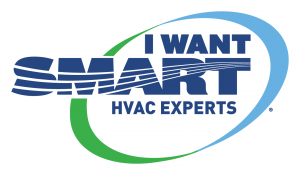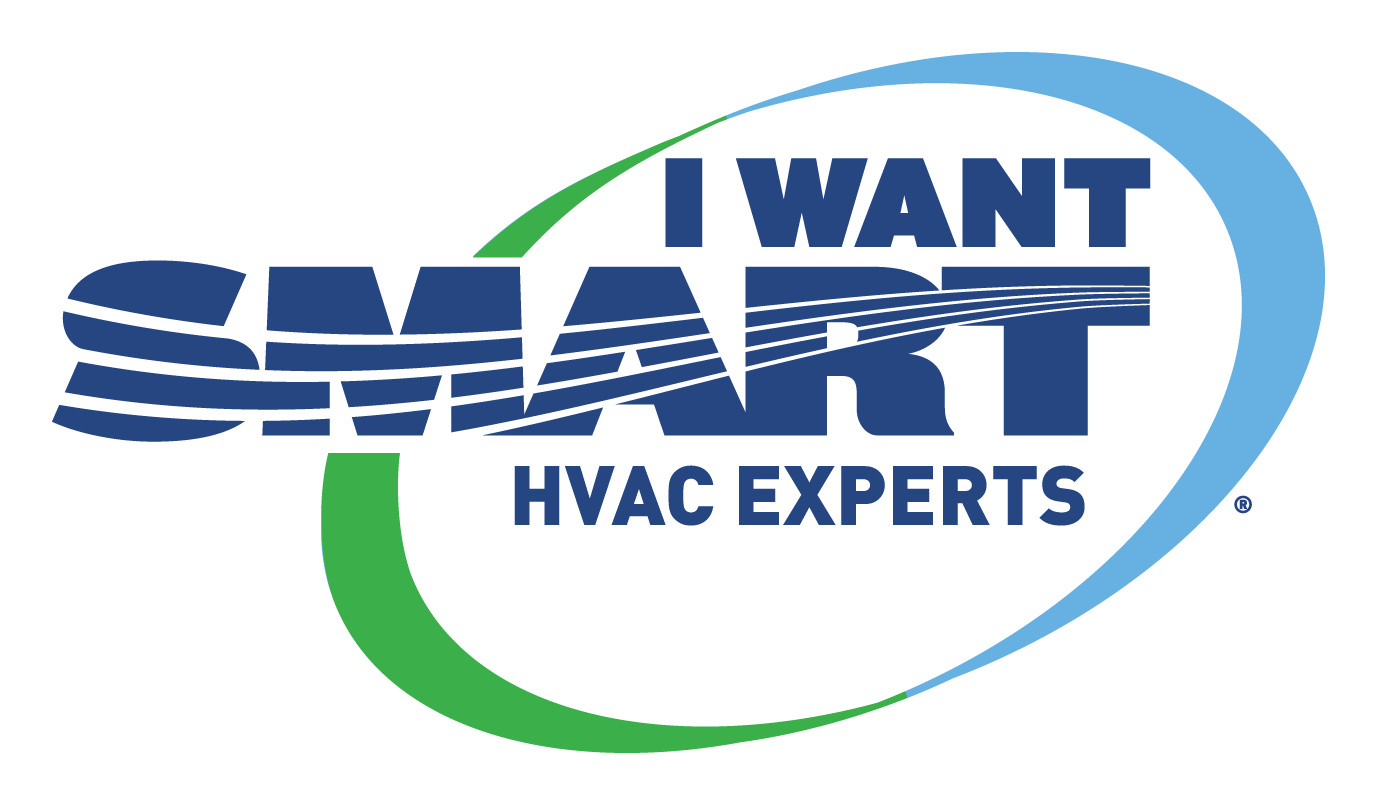Furnaces and Boilers
Natural gas furnaces, space heaters and boilers all have gas valves and controls that are especially vulnerable to water damage from floods. Corrosion begins inside the valves and controls, and damage may not be readily visible, even if the outside of the device is clean and dry. At a minimum, this damage can result in reliability problems. More severe consequences could be fire or explosion. If there is any question whether flood water has reached a gas appliance, have the unit checked by a professional. In all cases where you have decided to try to salvage the unit, you will need to replace gas valves, pilot and burner orifices, controls, and the filter. This work should only be done by a qualified professional.
There are differing opinions regarding replacement versus repair of flood-damaged heating systems; however, most experts recommend replacement. Even if a furnace has been cleaned of debris and mud, and disinfected (often at great cost), and seems to be working properly, parts may later corrode or malfunction and you may also lose your warranty coverage. The older a heating system is, the more likely it is to be inefficient, so you may be better off replacing yours even if it hasn’t sustained much damage.
Replacing a heating system is a complex matter, difficult under any circumstances. Yet, as a result of flood damage, you may have no choice but to replace your furnace. You can turn misfortune into opportunity by considering a new, energy-efficient model that will lower your future heating bills. Depending on the type of fuel you use – oil, electricity, propane, wood or natural gas – this may be also a good time to consider switching fuels. Also ask your local utility about available rebates for new energy-efficient gas or propane furnaces.
If you have a central forced-air furnace in the house you are repairing, devote some attention to your ductwork too. Do not try to salvage duct insulation that has been in contact with flood water. It is impossible to decontaminate. Next, clean, dry and disinfect the ductwork. Doing a thorough job will require disassembling the ductwork. Since many ducts are leaky, uninsulated, and lose a tremendous amount of heat, this is also your opportunity to eliminate wasteful heat loss. The best approach is to carefully seal all joints in the ductwork, and insulate all ducts located in unconditioned spaces such as attics and crawl spaces.
Special Considerations for Propane Systems
Propane-fired heating equipment should be dealt with the same way as indicated for natural gas-fired equipment. In every case, you should replace all valves and controls that have been in contact with flood water. Propane systems also require attention to their gas pressure regulator. This regulator contains a small vent hole in its body to sense outside pressure. For effective gas regulation, this hole must always remain unobstructed. During a flood, debris can easily plug the hole, causing dangerous malfunction and corrosion.
CAUTION: You must replace all pressure regulators used in propane systems affected by flood water.
Unlike natural gas, propane is heavier than air. Consequently, propane can settle to the floor or to the basement of a home, and being invisible, would produce a hazardous situation that could easily go unnoticed. Basements and other low places are locations where propane would tend to collect. This makes working around areas where propane has leaked quite dangerous. Use extreme caution where there is the potential for propane leaks and get propane equipment checked, repaired and/or replaced by a qualified professional as quickly as possible.
Unlike natural gas, propane is heavier than air. Consequently, propane can settle to the floor or to the basement of a home, and being invisible, would produce a hazardous situation that could easily go unnoticed. Basements and other low places are locations where propane would tend to collect. This makes working around areas where propane has leaked quite dangerous. Use extreme caution where there is the potential for propane leaks and get propane equipment checked, repaired and/or replaced by a qualified professional as quickly as possible.
Electric Heat
Electric resistance space heating for homes exists in a variety of configurations, but the most common type is the wall- or baseboard-mounted units. Although they can be costly to operate depending on the price of electricity in your area, these systems have flexibility in providing heat to individual rooms in a house and can even be operated from individual thermostats in each room or zone of a house.
The baseboard-mount types have no moving parts and unless they are damaged by an electrical short, they will withstand flood conditions.
Before returning these systems to operation, disconnect electrical power to each unit by switching off the main breaker. All connections at the heater and control thermostat should be allowed to dry carefully and thoroughly. Before restoring electrical power, a qualified electrician should check for shorts on all heating circuits. You can then restore electrical power and use the heaters to help dry out the interior of the house.
Sometimes in emergencies, stand-alone, plug-in heaters are used by homeowners as a source of temporary supplemental heat. These heaters, however, usually maintain a small fan, and its motor will likely need special attention after being submerged.
A second type of electric space heat is the central electric furnace. This furnace consists of electrically heated coils, a fan to provide air circulation across the coils, and controls which include safety relays. Just like the gas forced-air furnace, the electric forced-air system is susceptible to corrosion and damage, resulting in reliability problems or safety hazards. If there is any question whether flood water has reached an electric furnace, have the unit checked by a professional. In all cases where you have decided to try to salvage the unit, a qualified professional will need to replace all controls, safety interlocks, and probably motors.
Electric forced-air heating systems have essentially the same ductwork as gas-forced air systems, so the same actions are in order. Discard any wet duct insulation. Disassemble, clean, disinfect, and dry the ductwork. Take extra care in reassembling the ductwork to avoid leaks. Carefully insulate all ducts in unconditioned spaces.
Radiant Ceiling Heat
In this type of heating system, electrically-heated cables are embedded in the plaster or drywall ceiling. The cables warm the ceiling, which in turn warms the room by radiant heat.
If the ceiling becomes wet from a flood, the plasterboard will weaken, and perhaps crack and the ceiling will need replacement. Although the electrical cables themselves may appear to be undamaged due to their tough, waterproof coating, there may have been large mechanical stresses on the cable, and a qualified electrician should be consulted to determine whether the cable is reusable.
Heat Pumps And Air Conditioning Systems
Heat pumps extract heat from the outside air and transport this heat into the house with the aid of a refrigerant. Reversing this process allows the same heat pump system to provide air conditioning for the home, eliminating the need for a separate cooling system. Some heat pumps (the unitary type) are simple wall-or window-mount, and some (split systems) are more elaborate, with part of the components indoors and part outdoors.
Of the various types of split-system heat pumps that are in use, two things they have in common are the power and control wiring between the indoor and outdoor parts of the system, and the piping that moves the refrigerant from inside to outside the home and back. The refrigeration circuit of virtually all residential heat pump (and air conditioning) systems is sealed at the factory. In a split system it is sealed by the contractor during installation.
Even if the system is in contact with flood water for a long period, this sealed system is likely to remain intact. However, if flood water has repositioned either the indoor or outdoor units of a split system by only a small amount, there is the potential for a breached refrigerant system. The heat pump (or air conditioning system) will then require major repair or full replacement.
If the refrigerant system remains intact after the flood, the entire system should be cleaned, dried, and disinfected. You should have a qualified electric or refrigeration mechanic check all electrical and refrigeration connections for both indoor and outdoor units, including all control circuits. The decision to repair or replace should be made by a qualified professional on a case-by-case basis.
As with the other types of heating systems, the heat pump system will also have a system of distribution ducts. The same procedures of disassembling, cleaning, disinfecting, and drying are in order. Remember to carefully reassemble the ductwork without leaks, and to insulate those portions of the ducts that go through unconditioned spaces.
If you need to replace your existing heat pump, or if you are considering switching to a heat pump because your existing heating system is beyond repair, consider the most energy-efficient model available. If electricity is the only energy source available, a heat pump system can be more cost-effective than electric resistance heating with a separate air-conditioning system.
To compare the energy efficiency of residential heat pumps, consult the Seasonal Energy Efficiency Ratio (SEER) for cooling and the Heating Seasonal Performance Factor (HSPF) for heating. Efficiency ratings for heat pumps are listed in the Consumer Guide to Home Energy Savings, Third Edition. More extensive ratings of heat pumps can be found in an annual directory published by the Air-Conditioning and Refrigeration Institute (ARI). You may be able to obtain this directory in a library or from a contractor.
Space Cooling Systems
Whether your home has been cooled with a central air conditioning system, a heat pump, or room air conditioners, you can replace flood-damaged units with energy-efficient models that can cut energy use by more than 20 percent. A professional can help you select a unit based on the size and tightness of your home. Your local utility may offer rebates on the purchase of energy-efficient air conditioners, too.
Consumers can compare the efficiency of central air conditioners and heat pumps (in the cooling cycle) using the SEER. The higher the SEER, the more efficient the unit. Room air conditioners are rated by a counterpart system called the Energy Efficiency Ratio (EER). The American Council for an Energy Efficient Economy recommends central air conditioners with a SEER of at least 12, and room conditioners with an EER of at least 9. No matter what type of system you choose, make sure that it is sized properly by a qualified air-conditioning technician. If your cooling needs are modest, then room air conditioners are probably your best choice.
Water Heating Systems
Whether your water heater is gas or electric, if it was exposed to flood water, the unit should be replaced. A new water heater is a relatively small investment, and replacing it is fairly easy to do.
In a gas unit, valves and controls will likely corrode. In an electric unit, the thermostat and controls will likely corrode. In both types, the insulation surrounding the unit will be contaminated and will be nearly impossible to disinfect. Additionally, the insulation would take a long time to dry, leading to corrosion of the tank from the outside.
Even if water heater components have been cleaned and the unit seems to operate properly, parts may corrode in the future. Both gas and electric water heaters have a pressure relief valve that can corrode and stick after being exposed to flood water. Be sure, therefore, to replace this valve as well.
Next to space heating, water heating uses the most energy in the home. As with furnaces, new energy-efficient models are available. Insulation levels in new gas and electric water heaters are higher today than in the past. Some utilities offer rebates on their purchase. You may even be able to get a package deal from your heating supplier on a furnace and a water heater. And, as with furnaces, you may want to look at the operating costs of electric versus gas water heaters. Depending on your electric rates and availability of gas, a gas water heater can be cheaper to operate.
Remember, too, that many different measures are available to reduce hot water consumption and thereby decrease water heating costs. For example, low-flow shower heads use 1 to 4 gallons per minute (gpm), compared to standard-flow shower heads, which generally use 5 to 10 gpm. A shower head flow restrictor can save as much as 6 gpm. Similarly, insulating hot water pipes in your home can reduce the amount of energy (and water) lost while waiting for water to become hot at the tap.
This fact sheet and related environmental information are available electronically via internet. Access the DEP-DCNR Web Site at http://www.dep.state.pa.us (choose information by Environmental Subject/choose Pollution Prevention and Compliance Assistance).
Adapted from a US Department of Energy Publication, “Rebuilding Your Flooded Home: Guidelines for Incorporating Energy Efficiency”



